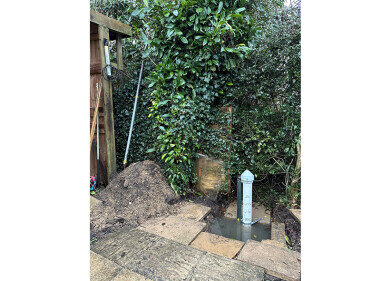Water/Wastewater
How Is River Catchment Monitored?
Aug 23 2022
Thanks to the twin pressures of a growing global population and climate change, ensuring water security for all of the world’s inhabitants is going to pose a significant challenge going forward. For that reason, it’s imperative that we have adequate monitoring protocols in place, with today’s water management companies demanding better and faster data on the resources at their disposal.
The health of our watercourses can be influenced by a number of different factors, including biological, chemical, ecological, environmental and physical ones. Therefore, it’s incumbent on site managers to implement robust monitoring methods for their river catchment areas, with a tiered and integrated system likely to produce the best results.
Complex calculations
There are any number of different factors which can negatively impact water quality. Of course, some pollutants are immediately noticeable to the naked eye alone, but there are an abundance of others which can be present even when water appears clean. For that reason, it’s necessary for water management companies to conduct thorough monitoring on their site to ascertain as much information about the sample as possible.
This involves testing for a variety of water quality parameters, including temperature, turbidity, total suspended matter, conductivity, salinity, dissolved oxygen levels, chlorophyll-a concentrations, total organic carbon and colour dissolved organic matter, among others. Of course, each of these parameters requires a different sensing technology, with airborne thermal infrared, satellite imaging and in-situ sensors all playing their part.
Particular pollutants
As well as amassing high-resolution data on all of the following parameters to give the site managers a general overview of the health of the water, it’s also necessary for them to detect for the presence of particular pollutants. Of course, the fact that there are thousands of chemical compounds in our environment today – with many of them contaminants of emerging concern – makes this responsibility an especially challenging one – but the most dangerous must be accounted for.
This includes substances like ammonia, nitrates and phosphates, all of which can leach into water supplies through the surrounding catchment area via a number of natural and artificial means. For example, agriculture is a big contributor to river pollution today, with run-off washing pesticides and herbicides into our rivers, lakes and watercourses.
Avoiding undesirable outcomes
River catchment monitoring is essential for assuring healthy ecosystems and resources, but it must deal with certain other challenges in particular. For instance, the aforementioned agricultural run-off is a key contributor to a nutritional imbalance in aquatic environments, which can lead to a proliferation of blue-green algae (a phenomenon known as eutrophication). This promotes the growth of one species (algae) to the detriment of others, since the former consumes the resources of the latter.
Meanwhile, sediment and erosion can also interfere with river catchment monitoring systems, distorting the results and damaging equipment. Finally, flooding is an increasingly serious concern, given that climate change has prompted an increase in the incidence of heavy rainfall events.
Digital Edition
IET 34.2 March 2024
April 2024
Gas Detection - Biogas batch fermentation system for laboratory use with automatic gas analysis in real time Water/Wastewater - Upcycling sensors for sustainable nature management - Prist...
View all digital editions
Events
May 05 2024 Seville, Spain
May 06 2024 Minneapolis, MN, USA
May 13 2024 Munich, Germany
May 15 2024 Lund, Sweden
May 15 2024 Frankurt-am-Main, Germany


















